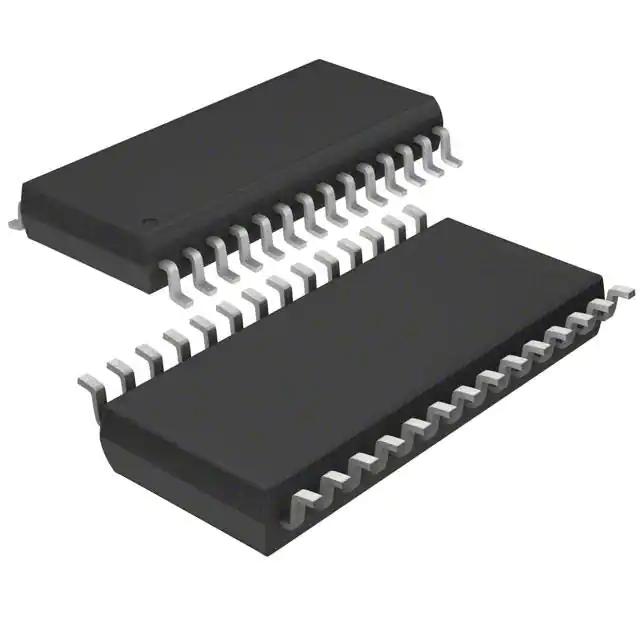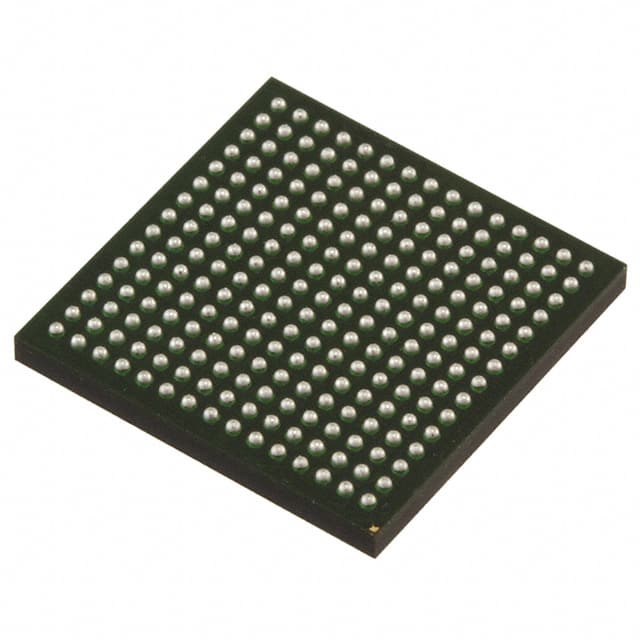XC7A100T-2FGG676C – Integrated Circuits, Embedded, Field Programmable Gate Arrays
Product Attributes
| TYPE | ILLUSTRATE |
| category | Integrated Circuits (ICs) |
| manufacturer | AMD |
| series | Artix-7 |
| wrap | tray |
| Product status | Active |
| DigiKey is programmable | Not verified |
| LAB/CLB number | 7925 |
| Number of logic elements/units | 101440 |
| Total number of RAM bits | 4976640 |
| Number of I/Os | 300 |
| Voltage - Power supply | 0.95V ~ 1.05V |
| Installation type | Surface adhesive type |
| Operating temperature | 0°C ~ 85°C (TJ) |
| Package/Housing | 676-BGA |
| Vendor component encapsulation | 676-FBGA (27x27) |
| Product master number | XC7A100 |
Files & Media
| RESOURCE TYPE | LINK |
| Datasheet | Artix-7 FPGAs Datasheet |
| Product training units | Powering Series 7 Xilinx FPGAs with TI Power Management Solutions |
| Environmental information | Xiliinx RoHS Cert |
| Featured products | Artix®-7 FPGA |
| EDA model | XC7A100T-2FGG676C by Ultra Librarian |
| Errata | XC7A100T/200T Errata |
Classification of environmental and export specifications
| ATTRIBUTE | ILLUSTRATE |
| RoHS status | Compliant with the ROHS3 directive |
| Humidity Sensitivity Level (MSL) | 3 (168 hours) |
| REACH status | Not subject to the REACH specification |
| ECCN | 3A991D |
| HTSUS | 8542.39.0001 |
Industry applications for FPGAs
Video splitting system
In recent years, large total control systems have been increasingly widely used, and the level of video segmentation technology associated with them is also gradually improving, the technology is put with a multi-screen stitching display to display a video signal all the way, in some need to use a large screen display scenario widely used.
With the advancement of technology, video segmentation technology has gradually matured to meet the basic needs of people for clear video images, FPGA chip hardware structure is relatively special, you can use the pre-edited logic structure file to adjust the internal structure, the use of constrained files to adjust the connection and location of different logic units, proper handling of the data line path, its own flexibility and adaptability to facilitate the user's Its own flexibility and adaptability facilitates user development and application. When processing video signals, the FPGA chip can take full advantage of its speed and structure to implement ping-pong and pipelining techniques. In the process of external connection, the chip uses data parallel connection to widen the bit width of the image information and use the internal logic functions to increase the speed of image processing. Control of image processing and other devices is achieved through cache structures and clock management. The FPGA chip is at the heart of the overall design structure, interpolating complex data as well as extracting and storing it, and also playing a role in overall control to ensure the stable operation of the system. In addition, video information processing is different from other data processing and requires the chip to have special logic units as well as RAM or FIFO units to ensure that sufficient data transmission speed is increased.
Data Delayers and Storage Design
FPGAs have programmable delay digital units and have a wide range of applications in communication systems and various electronic devices, such as synchronous communication systems, time numerical systems, etc. The main design methods include the CNC delay line method, the memory method, the counter method, etc., where the memory method is mainly implemented using the FPGA's RAM or FIFO.
The use of FPGAs to read and write SD card related data can be based on the specific algorithm needs of the low FPGA chip to carry out programming, more realistic changes to achieve read and write operations constantly updated. This mode only requires the use of the existing chip to achieve effective control of the SD card, significantly reducing the cost of the system.
Communication industry
Usually, the communications industry, taking into account all factors such as cost as well as operation, is more likely to use FPGAs in locations where the number of terminal devices is high. Base stations are most suitable for the use of FPGAs, where almost every board needs to use an FPGA chip, and the models are relatively high-end and can handle complex physical protocols and achieve logical control. At the same time, as the logical link layer of the base station, the protocol part of the physical layer needs to be updated regularly, which is also more suitable for FPGA technology. At present, FPGAs are mainly used in the early and middle stages of construction in the communications industry, and are gradually replaced by ASICs at a later stage.
Other applications
FPGAs are also widely used in security and industrial applications, for example, video encoding and decoding protocols in the security field can be processed using FPGAs in the process of front-end data acquisition and logic control. Smaller scale FPGAs are used in the industrial sector to meet the need for flexibility. In addition, FPGAs are also widely used in the military as well as in the aerospace sector due to their relatively high reliability. In the future, with the continuous improvement of technology, the relevant processes will be upgraded, and FPGAs will have a wider application prospect in many new industries such as big data. With the construction of 5G networks, FPGAs will be used in large numbers in the early stages, and new fields such as artificial intelligence will also see more use of FPGAs.
In February 2021, FPGAs, which can be purchased and then designed, were called "universal chips". The company, one of the earliest domestic companies to independently develop, mass produce and sell general-purpose FPGA chips, has finalized a 300 million yuan investment in a new generation of domestic FPGA chip R&D and industrialization project in Yizhuang.












